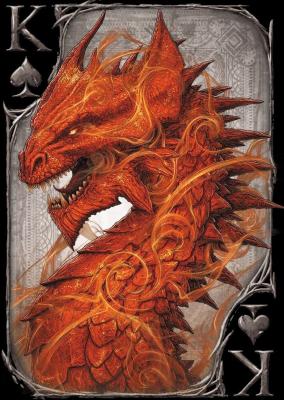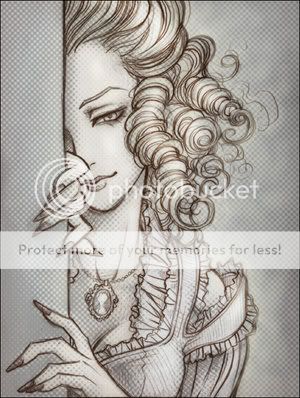Strigoiul22:06 Jan 18 2009
Times Read: 986
by Vasile Alecsandri

I have submitted this poem to the VR database. Although it was written in 1886, it turned to be appreciated by the VR readers.
If you like it you can give it a rate
here.Thank you!
Near the cliff's sharp edge, on high
Standing out against the sky,
Dost thou see a ruined cross
Weatherstained, o'ergrown by moss,
Gloomy, desolate, forsaken,
By unnumbered tempests shaken?
Not a blade of grass grows nigh it,
Not a peasant lingers by it.
E'en the sombre bird of night
Shuns it in her darksome flight,
Startled by the piteous groan
That arises from the stone.
All around, on starless nights,
Myriad hosts of livid lights
Flicker fretfully, revealing
At its foot a phantom, kneeling
Whilst it jabbers dismal plaints,
Cursing God and all the saints.
Tardy traveller, beware
Of that spectre gibbering there;
Close your eyes, and urge your steed
To the utmost of his speed;--
For beneath that cross, I ween,
Lies a Vampyre's corpse obscene!
Though the night is black and cold
Love's found story, often told,
Floats in whispers through the air,
Stalwart youth and maiden fair
Seal sweet vows of ardent passion
With their lips, in lovers' fashion.
"Restless, pale, a shape I see
Hov'ring nigh; what may it be?
'Tis a charger, white as snow,
Pacing slowly to and fro
Like a sentry. As he turns
Haughtily the sward he spurns.
"Leave me not, beloved, tonight!
Stay with me till morning's light!'
Weeping, thus besought the maid;
'Love, my soul is sore afraid!
Brave not the dread Vampyre's power,
Mightiest at this mystic hour!'
Not a word he spake, but prest
The sobbing maiden to his breast;
Kissed her lips and cheeks and eyes
Heedless of her tears and sighs;
Waved his hand, with gesture gay,
Mounted--smiled--and rode away.
We rides across the dusky plain
Tearing along with might and main
Like some wild storm-fiend, in his flight
Nursed on the ebony breast of Night?
'Tis he, who left her in her need--
Her lover, on his milk-white steed!
The blast in all its savage force
Strives to o'erthrow the gallant horse
That snorts defiance to his foe
And struggles onward. See! below
The causeway, 'long the river-side
A thousand flutt'ring flamelets glide!
Now they approach, and now recede,
Still followed by the panting steed;
He nears the ruined cross! A crash,
A piteous cry, a heavy splash,
And in the rocky river-bed
Rider and horse lie crushed and dead.
Then from those dismal depths arise
Blaspheming yells and strident cries
Re-echoing through the murky air
And, like a serpent from its lair,
Brandishing high a blood-stained glaive
The Vampyre rises from his grave!
***
Vasile Alecsandri, (21 July 1821–22 August 1890) was a Romanian poet, playwright, politician, and diplomat. He collected Romanian folk songs and was one of the principal animators of the 19th century movement for Romanian cultural identity and union of Moldavia and Wallachia.










COMMENTS
-